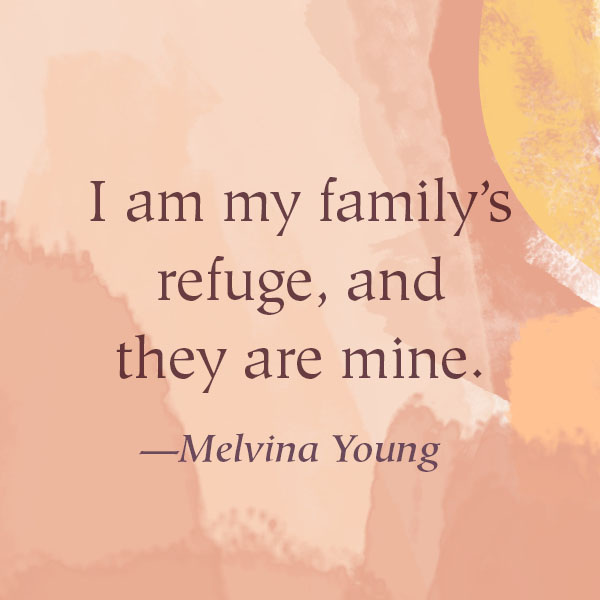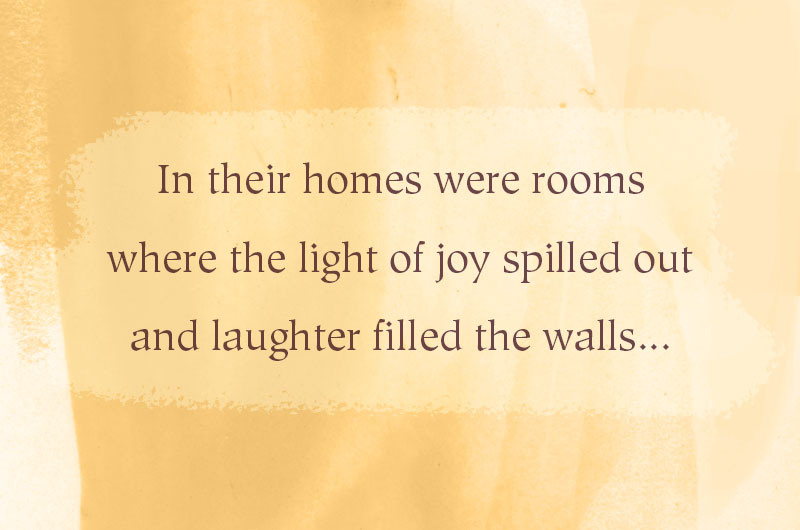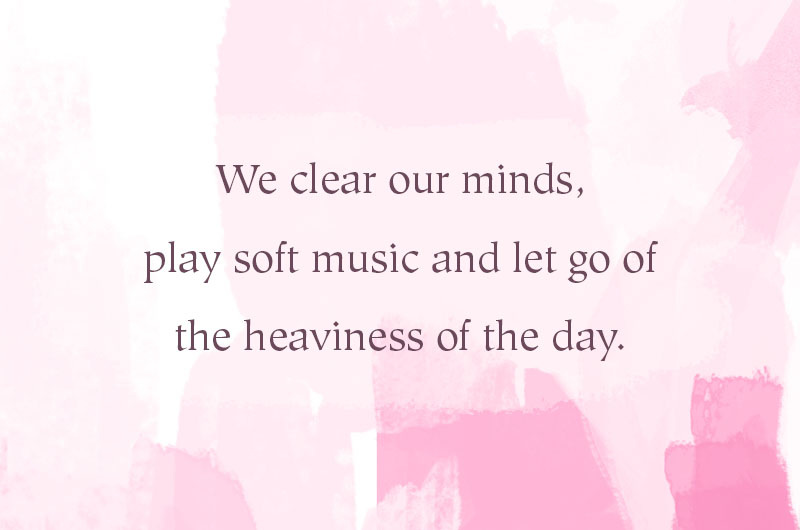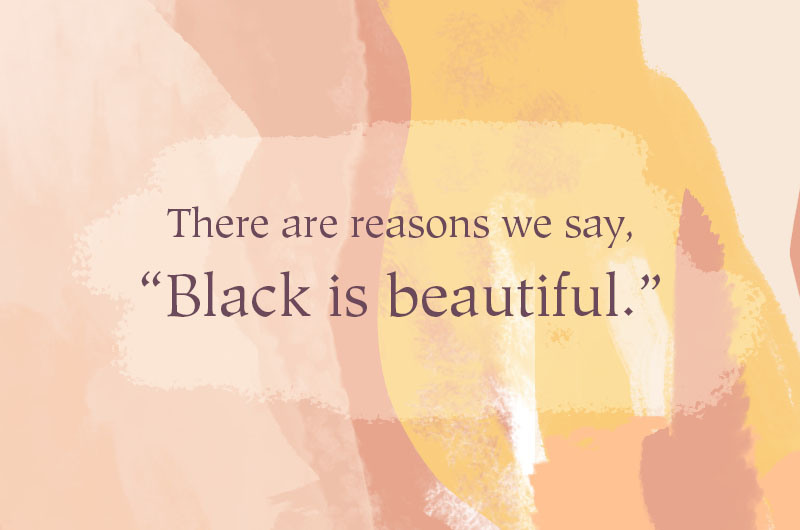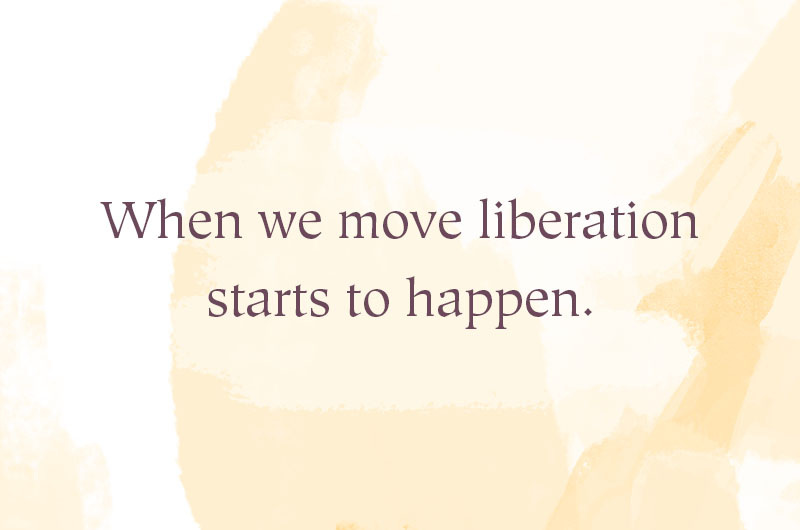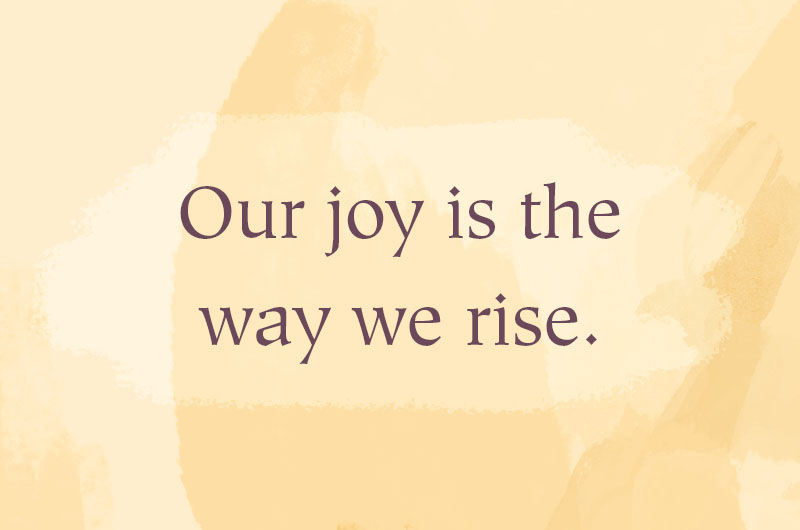I want to keep our home a space where healing can happen and wholeness takes place. Where peace relieves anxiety and joy balances grief.
Like every Black mom, I want a place where my daughter can be her whole self, inhale deeply and exhale slowly, know her own value as a human being, and keep faith that she is known, loved, valued, safe and protected.
When I was a little girl growing up in legal racial segregation not so long ago, my mama, daddy and grandmama worked hard to protect my innocence and dreams and encourage my possibilities as a child. This despite all the “Coloured Only” signs and everything those signs meant—all the big and small ways they tried to tell me that I didn’t matter.
My family made sure that I came through those almost unbearable times a complete person.
Because they made safe places for me: soft spaces where I could exist in a hard world. In their homes were rooms where the light of joy spilled out and laughter filled the walls, where the smells of soul food promised soul satisfaction, the sounds of music moved bodies and spirits, the power of prayer healed and the freedom to exist—to just be—empowered me.
I know that’s exactly what we want for our families now.
Nearly every Black woman I know, have talked with, listened to, put my arms around, or read experiences dread, anxiety and worry when sons, daughters, brothers, husbands, fathers or mothers leave the house. We’re imagining what they could encounter, praying for their safe return and anticipating what they need emotionally after coming back.
I’ve been thinking about this a lot and want to share some tips and ideas for transforming an already loving home into a sanctuary.
